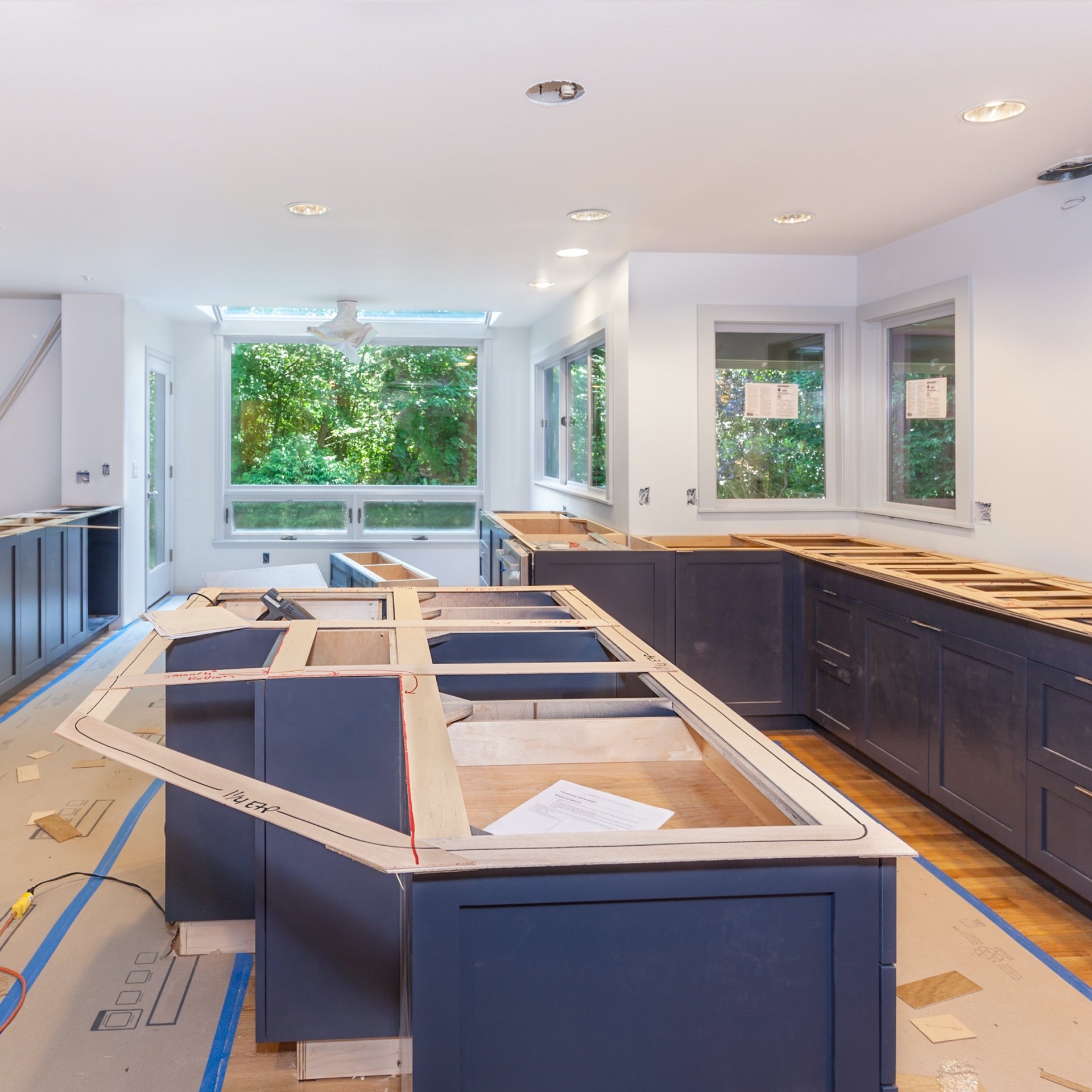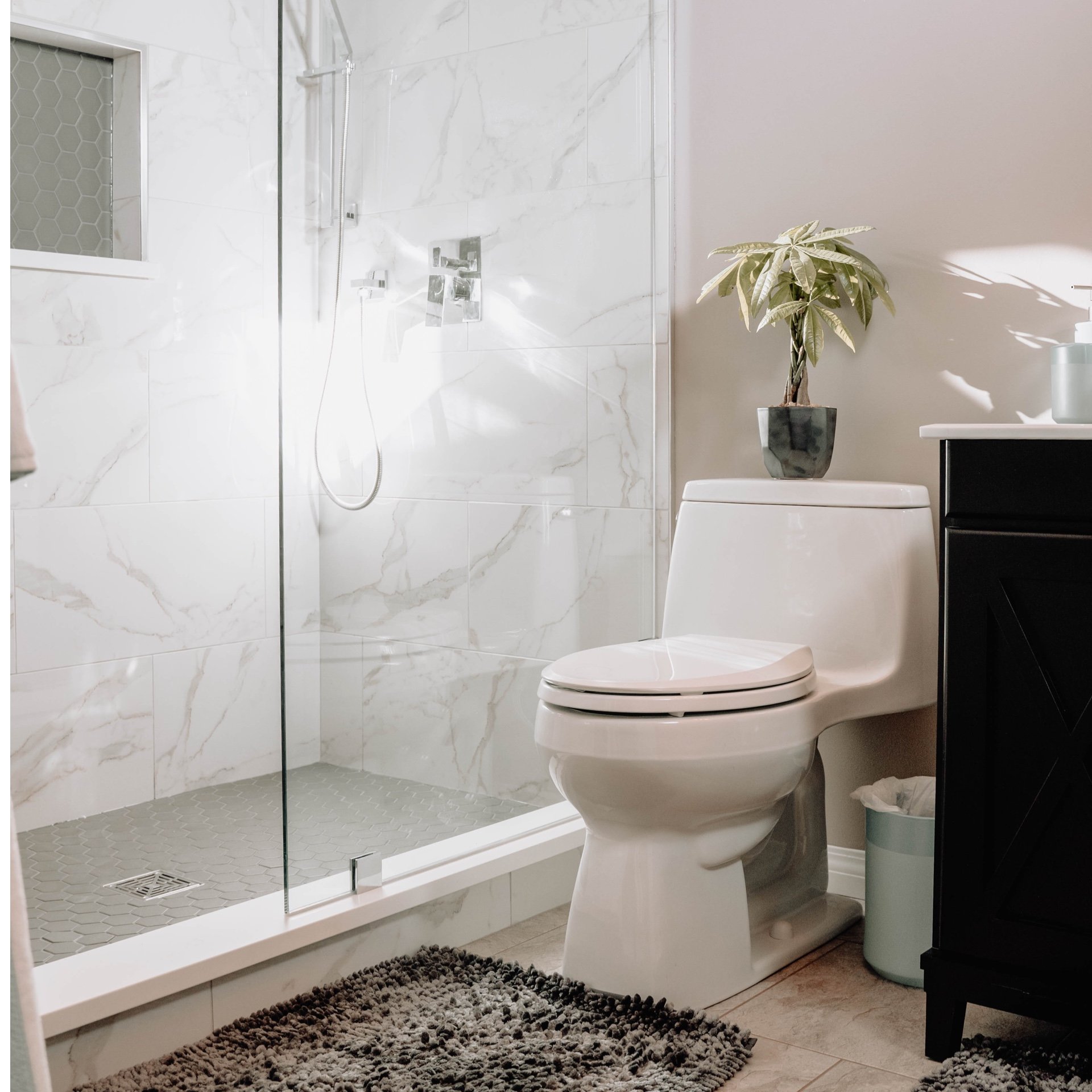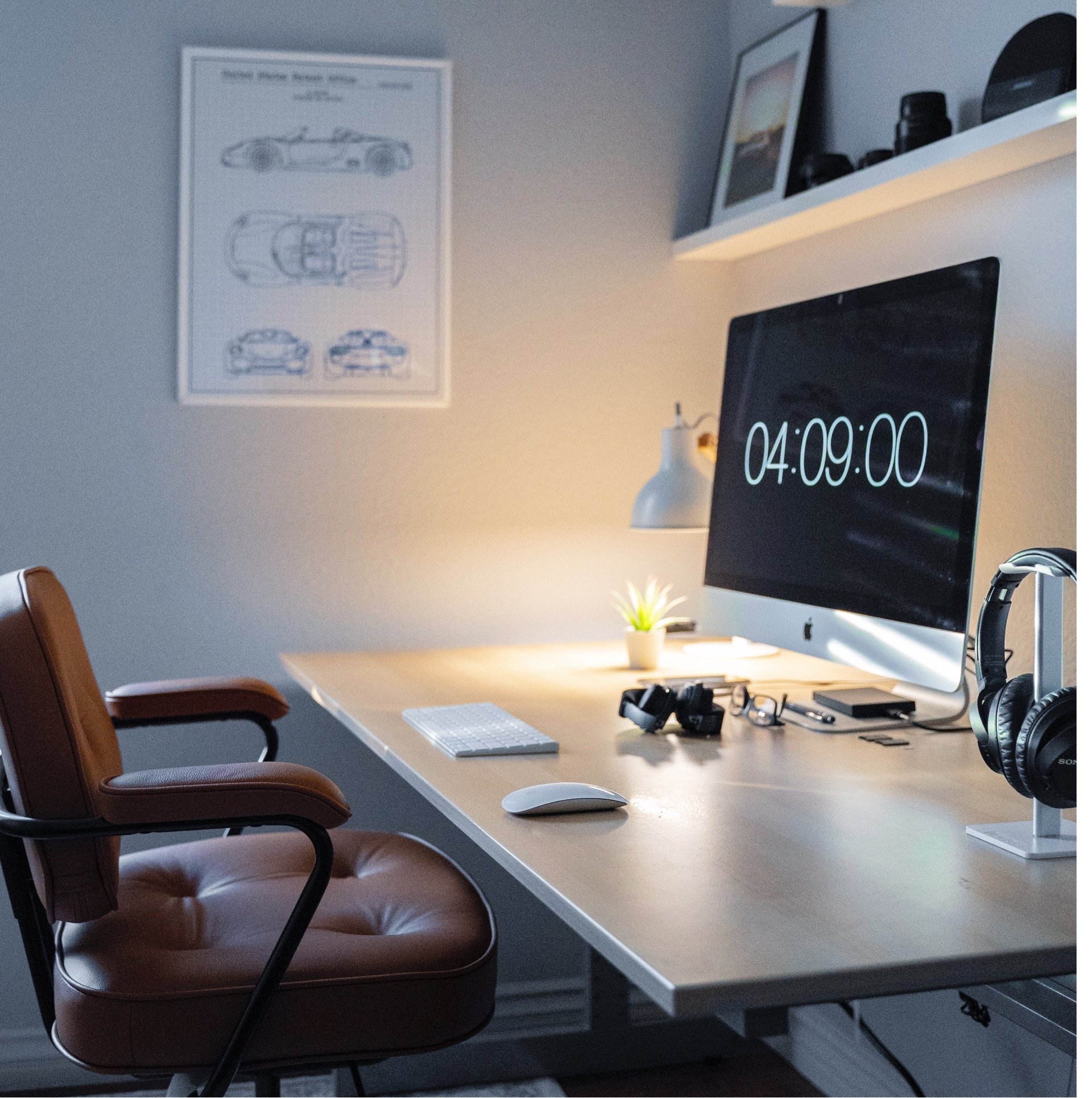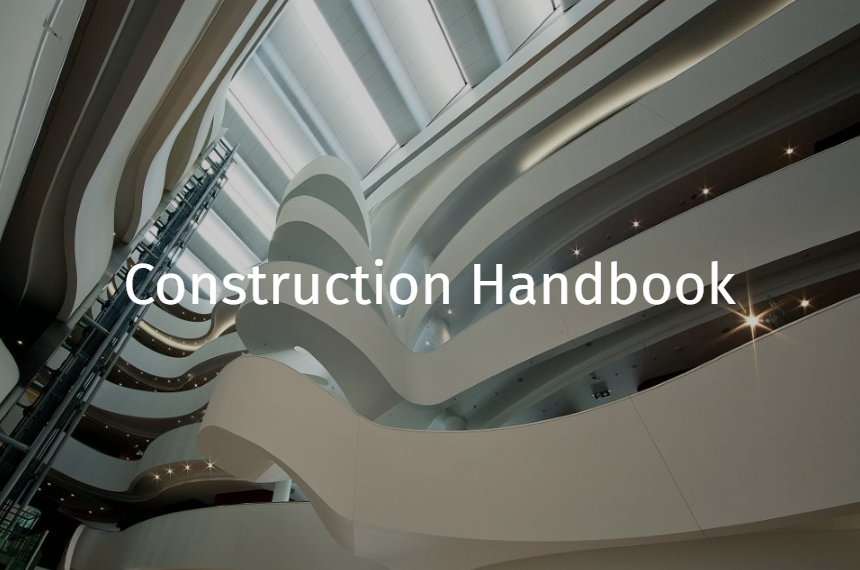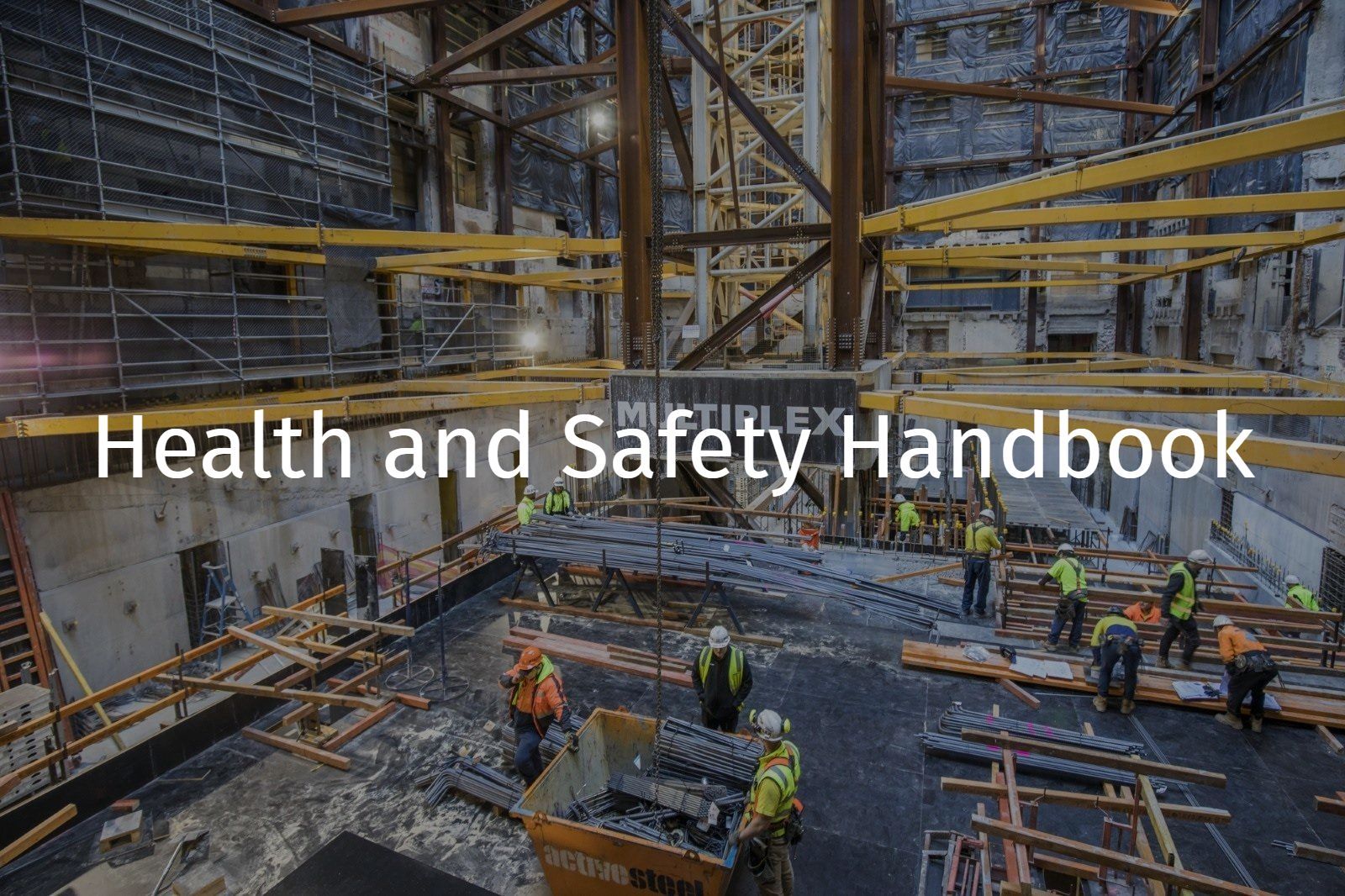Mast Climbing Work Platforms
References: R Record keeping requirement | E An engineering/certification requirement | P A permit to work requirement | S A safe work method statement (SWMS) / written plan
Informative
Mast climbing work platforms (MCWP) are hoists with a working platform that is used to raise workers and material to a temporary working position. MCWPs can be set up in either single-mast or multi-mast configurations. They use a drive system mounted on an extendable mast, which may need to be tied to a building or structure where under circumstances prescribed by the manufacturer.
Mast climbing work platforms can be set up in either single-mast or multi-mast configurations.
They are generally not suitable for use if the profile of a structure changes at different elevations (for example, if the upper floors of a building ‘step’ back or balconies protrude from the building).
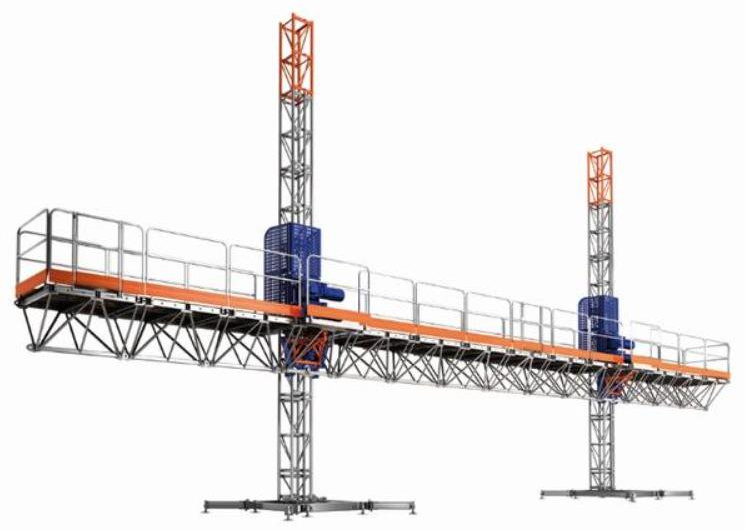
Planning
The MCWP(s) should be considered and should consider the following:
- Foundations
- Integrity of support structure (the area/ground/support structure for setting up the MCWP e.g. suspended slab
- Loads to be carried on the work platform and their distribution.
- Number of people expected to be on or working from the work platform.
- Any special profile of the work platform to fit the working face.
- Maximum freestanding height of mast
- Maximum total height of mast.
- Mast inclination
- Clearance to support structure, adjacent structures and working face.
- Number of platform levels.
- Multiple masts with connected work platforms.
- Direct loading onto the work platform.
- Provision of worker amenities on the platform.
- Foundations.
- Integrity of support structure.
- Maximum platform length
The foundations for a MCWP must be adequate to carry the weight of the MCWP together with all loads intended to be placed or carried on the work platform. Consideration must be given to:
- Previously disturbed ground.
- Proximity to existing or planned excavations.
- Asphalt surfaces
- Pits.
- Ducts.
- Variable levels of the surface on which the MCWP is positioned.
- Foundation condition changes following prolonged rain or local wetting.
- Overhead protective structure capacity to act as a suitable foundation.
- Underground services, (e.g. electrical, water/ sewerage, gas telecommunications).
Installation and Dismantling
S A SWMS must be developed and implemented for MCWP installation and dismantling.
A rescue plan must be in place to rescue / recover personnel from the MCWP:
- All occupants must be familiar with the rescue plan.
E Installation of the MCWP must be verified to be compliant with the design requirements.
Following installation, alteration and prior to use, the MCWP installer must provide MPX with:
- R Inspection and test records
- R Handover certificate
- Operations and maintenance manual must be available
- R Pre-operational inspection checklist(s)
- R Induction / training records.
The erection and dismantling of MCWP must be carried out, or be directly supervised, by a person holding an appropriate rigging or scaffolding licence, refer to
The area below the MCWP must be isolated to prevent people accessing this area, by barricades and warning signs
Operational
The MCWP installer must induct / train operators into the use of the MCWP.
S Project-specific SWMS for operation must be developed by the installer in consultation with MPX.
R MCWP operators must be inducted into, and sign onto the SWMS prior to operation.
Operating instructions and emergency contacts must be available in the MCWP.
A minimum of two (2) persons must be present in the cradle during use (i.e. for emergencies).
Lanyards must be fitted to all tools and other equipment when in use.
R The MCWP operator must complete and record daily pre-operational inspections (logbook).
Safe access must be provided for personnel access / egress the MCWP.
Exclusion zones must be established below and where applicable above the MCWP.
The SWL of the MCWP must not be exceeded: the weight of the operator, any other occupants and materials must be taken into account.
Personnel and materials must be securely confined within the MCWP
The MCWP must only be operated in favourable weather conditions.
Where conditions become unfavourable (e.g. strong wind, lightning), the operator must return the MCWP to its storage position.
For overnight or longer periods, the platform must be parked in its storage position, secured to the structure (where applicable) and the power disconnected.
R Inspection and maintenance must be in accordance with the manufactures specifications and:
- Section: Plant and Equipment Inspection Schedule.
Legal and Other Requirements
- Managing Risks of Plant Code of Practice (Qld) 2013
Document Control
Version 1 August 2019 – New Standard
